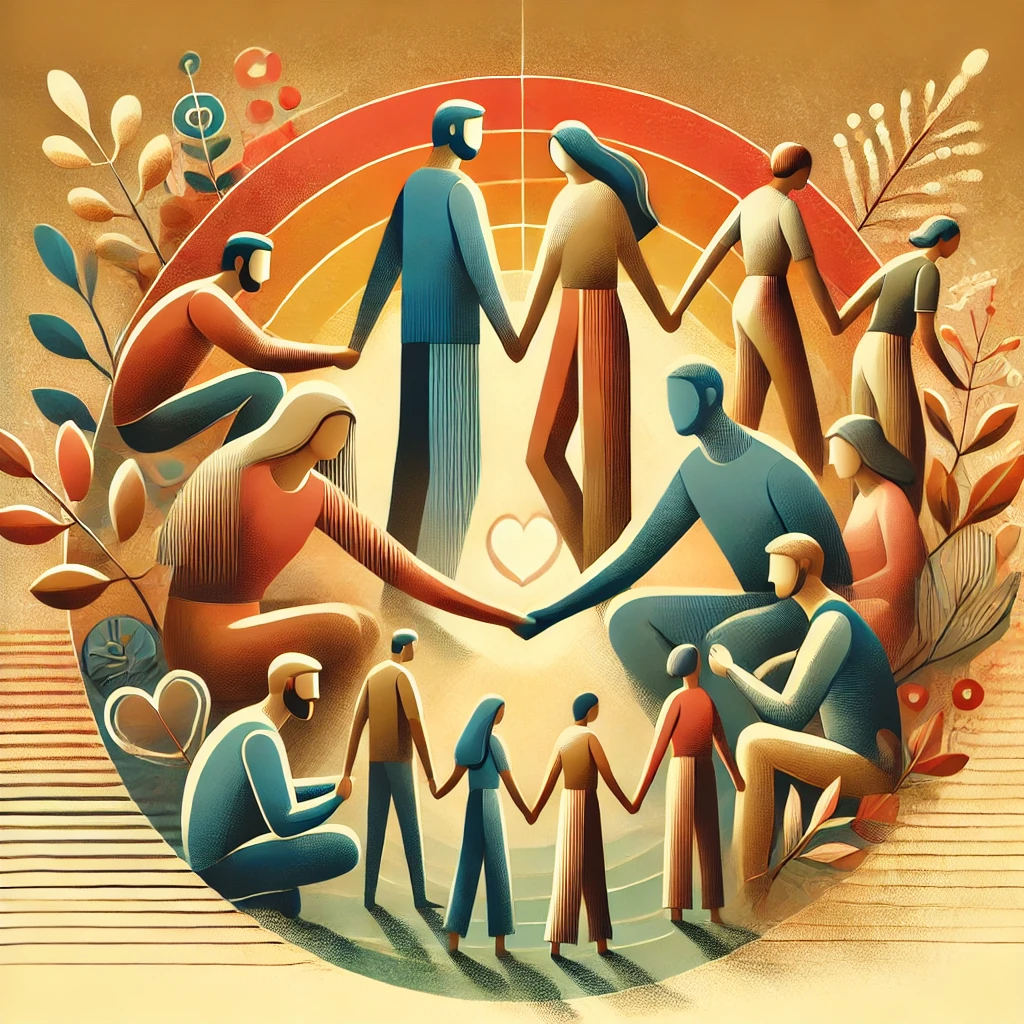
Polyamory and open relationships, once considered unconventional, are gaining visibility and acceptance in contemporary society. These alternative relationship models challenge traditional notions of monogamy, prompting discussions about the future of love and partnership. This article explores the definitions, prevalence, benefits, challenges, and societal implications of polyamory and open relationships, providing a comprehensive understanding of their evolving roles in modern relationships.
Defining Polyamory and Open Relationships
Polyamory refers to engaging in multiple romantic relationships simultaneously, with the informed consent of all parties involved. It emphasizes emotional connections and long-term commitments beyond a single partnership. Open relationships, on the other hand, typically involve a primary committed couple that allows for sexual or romantic interactions outside their partnership, also with mutual consent. Both structures prioritize transparency, communication, and consent, distinguishing them from infidelity.
Prevalence and Growing Interest
Research into the prevalence of polyamory and open relationships has been limited, but existing studies indicate a notable presence. A 1992 Finnish study found that approximately 8.9% of respondents agreed with the statement, “I could maintain several sexual relationships at the same time,” and 8.2% felt that a relationship involving multiple partners suited their current stage of life. In the United States, a 2021 study revealed that 10.7% of participants had engaged in a polyamorous relationship at some point, and 16.8% expressed a desire to try or be in one. en.wikipedia.orgThese findings suggest that interest in consensual non-monogamous relationships is more widespread than previously thought.
Benefits of Polyamory and Open Relationships
Advocates of polyamory and open relationships cite several potential benefits:
- Personal Growth: Managing multiple relationships can enhance self-awareness, communication skills, and emotional intelligence.
- Diverse Emotional Support: Engaging with multiple partners can provide varied perspectives and support systems, enriching one’s emotional life.
- Sexual Exploration: These relationship models offer opportunities for sexual diversity and exploration within consensual boundaries.
Challenges and Considerations
Despite the potential benefits, polyamorous and open relationships present unique challenges:
- Jealousy: Managing jealousy requires robust communication and emotional processing skills.
- Social Stigma: Non-traditional relationships may face misunderstanding or judgment from society, family, and friends.
- Complex Dynamics: Navigating multiple relationships demands time management and the ability to handle complex emotional dynamics.
Real-Life Examples and Media Representation
Media portrayals and personal narratives have brought polyamory and open relationships into the public eye:
- Reality Television: Shows like “Polyamory: Married & Dating” and “Couple to Throuple” document the lives of individuals exploring polyamorous relationships, offering viewers insight into their complexities and rewards.
- Personal Narratives: Individuals like Annette, who opened her marriage after her husband’s paralysis, share their experiences to highlight the transformative potential of ethical non-monogamy.
- Celebrity Endorsements: Public figures such as Will and Jada Pinkett Smith have openly discussed their open marriage, emphasizing mutual trust and freedom.
The Future of Love: Societal Implications
The increasing visibility and acceptance of polyamory and open relationships suggest a shift in societal perspectives on love and commitment:
- Legal Recognition: While not yet widely recognized legally, the growing prevalence of polyamorous relationships may prompt future discussions about legal protections and rights for those involved.
- Redefining Commitment: These relationship models challenge traditional definitions of commitment, encouraging a more individualized approach to partnerships.
- Cultural Acceptance: As awareness grows, societal acceptance may increase, reducing stigma and allowing individuals to explore relationship structures that align with their values and desires.
Polyamory and open relationships are redefining contemporary notions of love and commitment. By emphasizing consent, communication, and honesty, these models offer alternative paths to fulfilling relationships. As society continues to evolve, understanding and accepting diverse relationship structures will be crucial in embracing the multifaceted nature of human connection.



